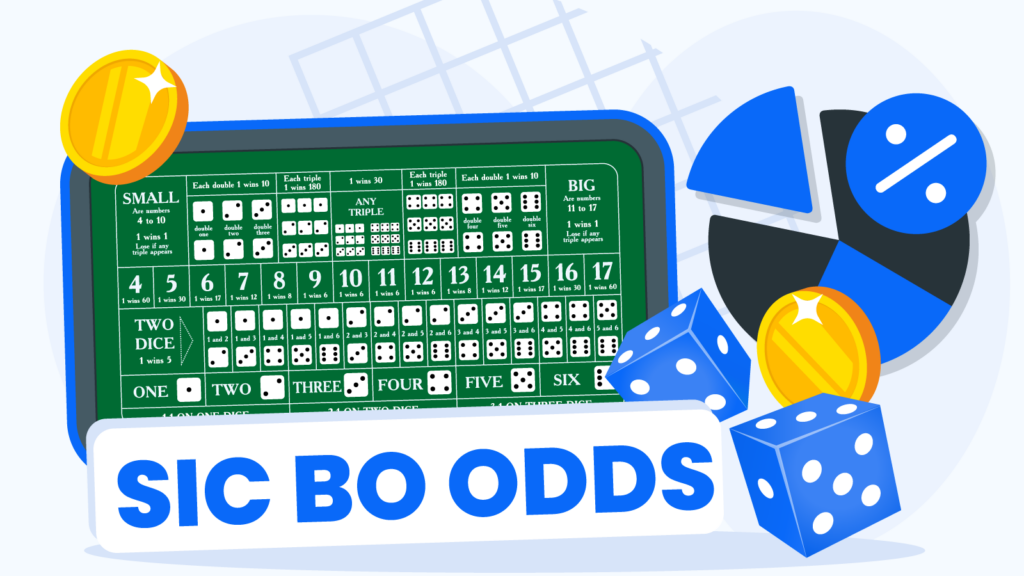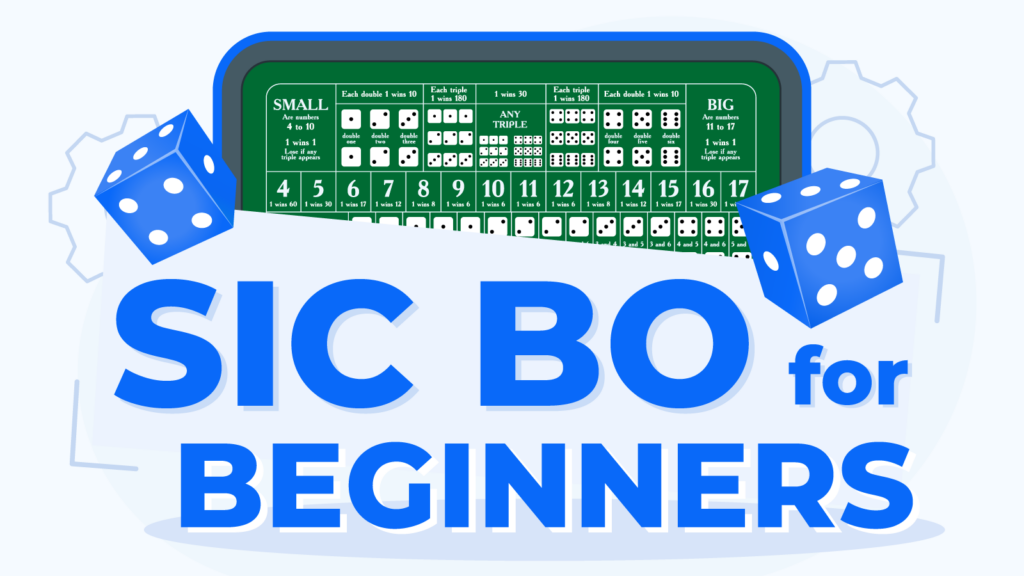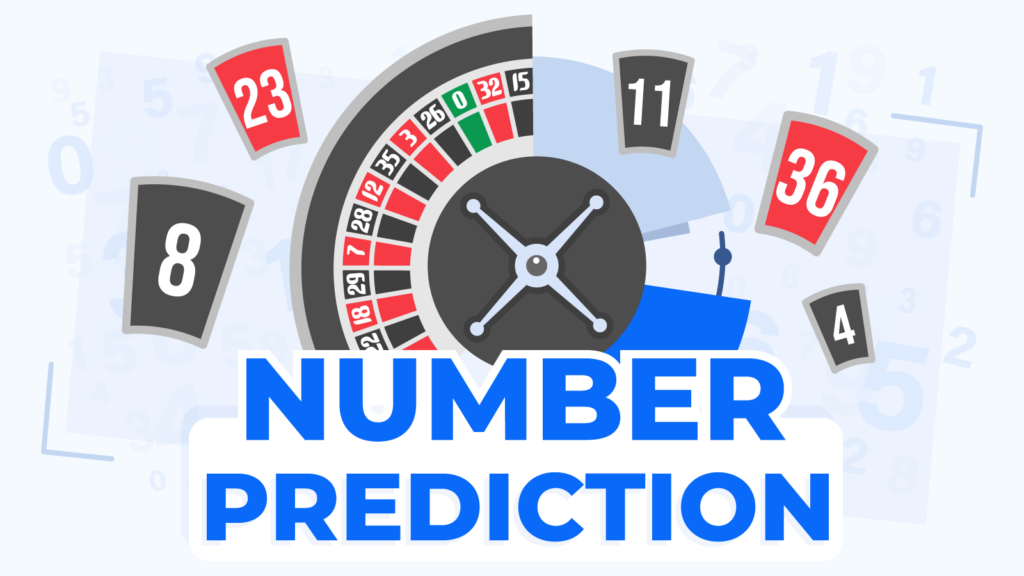
What is Surrender in Blackjack? When to Use It To Avoid Losses
All the information in this page was checked by:
Every piece of information we present is rigorously verified by our team of experts using multiple credible sources, ensuring the highest level of accuracy and reliability.
We have paid partnerships with the online casino operators featured on our site. We may also earn commissions when users click on certain links. However, these partnerships do not affect our reviews, recommendations, or analysis. We remain impartial and committed to delivering unbiased gambling content. For more details, visit our Advertiser Disclosure page.
Surrender isn’t defeat, it’s a smart exit. This rule lets you fold weak hands (like 16 vs. a dealer 10) and save half your bet. CasinoAlpha’s tests show players who surrendered kept 10% more cash hourly. Understand the basics, learn optimal strategies and understand the full picture before you get into your next Blackjack game, all with the help of this single page.
- Understanding Early and Late Blackjack Surrender Rules
- Strategic Timing for Surrendering in Blackjack
- Optimal Strategies for Knowing When to Quit in Blackjack
- How Blackjack Surrender Works: A Comprehensive Guide
- Enhancing Your Gameplay with Surrender in Blackjack
Understanding Early and Late Blackjack Surrender Rules

-
Late Blackjack Surrender
The late rule version supposes that you can only fold your cards once the dealer has peeked for a 21-valued hand. As a rule, before asking when to surrender in Blackjack, you must wonder when the game allows you to opt out of the round. The late rule version is the most frequently encountered. For late surrender games, you only receive half of your original wager if the dealer’s hole card and upcard do not amount to 21.
-
Blackjack Early Surrender Against 10
Blackjack early surrender comes in two options. The first will allow you to fold if the dealer’s upcard is a face card or a ten-value card. No matter the type, Blackjack early surrender rules do not account for the hole card, as you can discard your cards before dealers peek for a 21 hand.
-
Full Blackjack Early Surrender
The Blackjack early surrender rule with no conditions on the upcard is the most lenient, permitting you to fold irrespective of the dealer’s hand. You will claim half of your initial bet, regardless of the hole card or the upcard on the table.
Blackjack Surrender Rules Affect the House Edge

What is Surrendering in the Game & Is it Worth It?
- Surrendering is part of the wider array of Blackjack rules that permits players to fold their cards and recuperate half of their wager in certain circumstances.
- Depending on the option, you may do so after dealers peek for 21 if the upcard is a 10-value card or regardless of such conditions.
- Blackjack surrender playing conditions greatly affect your chances of success.
- The more lenient the rule version is, the better it will be for you as a basic strategy player.
Strategic Timing for Surrendering in Blackjack
The effects on the theoretical casino advantage will only manifest if you engage with the option. However, you should do so by considering the factual Blackjack odds at play for your table of choice.

- You are playing a game with four or more decks of cards. The upcard is 9, 10, or an ace. Your hand totals 16 and is not a pair of 8s. You should fold.
- The upcard is 10, and your hand amounts to 15 or 16 (not a pair of 8s). Opt-out, regardless of other rules.
- You are playing a single deck of cards game. Fold for all 15 hands.
- The game dealer stands on soft and hard 17s. Give up all 16 hands. Pairs of 8s are excluded, as you may split them.
- The table dealer hits on soft 17. Fold any hand amounting to 15, 16, or 17.
Why is it a Good Option?
The intuitive way of answering the question is that surrendering will permit you to save part of your wager when you are dealt a poor hand. Instead of giving you the option to earn more on a successful round, the gameplay option allows you to control your losses better. As such, you may consider it a game-specific method to stay in control of your spending.
Biggest Mistake: Abusing the Blackjack Surrender Rule
This fact does not mean that you should fold any pair of cards that seem poor or worse than the dealer’s. You should opt for the decision only once you know when to surrender in Blackjack. Otherwise, you will only manage to gather considerable losses that your overall returns will not manage to cover.
When Surrendering Isn’t Optimal: An Example
- You take a seat at a casino table with some Blackjack surrender rule included.
- You place your bet and wait for the cards to be dealt.
- You receive a face card and a 3 card. Your current hand amounts to 13.
- The dealer’s upcard is a face card.
- Let us say that you can fold before the table dealer peeks.
- You figure that the dealer’s odds of having a higher-valued hand or even the 21 maximum are high.
- Thus, you discard your hand and recover half of your bet.
- Unbeknownst to you, the next card could have been an 8, giving you a 21 winning hand.
In fact, a 13-hand is not difficult to play with. You can safely get any card with a value up to 8, including an ace, without busting. In such situations, our British readers should remember to stick with their hand. Our British readers may wonder if learning a series of examples is the best approach to understanding the rule and incorporating it in their wider correct strategy.
Blackjack Tables & Charts with Surrender Decisions
We will provide charts only for the situations in which you must consider the game decision. The rule will only affect your decisions when having hard hands for both hit or stand on soft 17 games, plus splittable hands in the hit on soft 17 games. The charts apply to games played with four-to-eight decks. Thus, the multi-deck variants included are the four, five, eight, and six-deck game options. These versions are the most common options you will encounter on UK Blackjack online casinos or brick-and-mortar casinos. Single or double-deck game options may require a different approach on the side of the basic strategist.
-
Hard Hands: Dealer Stands on Soft 17

The Takeaway for Blackjack Surrender
- You give up your 15 hand against a dealer 10 upcard.
- You fold 16 hands against 9, 10, or aces as dealer upcards.
- For hard hands, when surrendering is not allowed, you exchange it with hitting.
- Surrendering will not affect your playing decisions on soft hands.
-
Hard Hands Chart: Dealer Hits on Soft 17
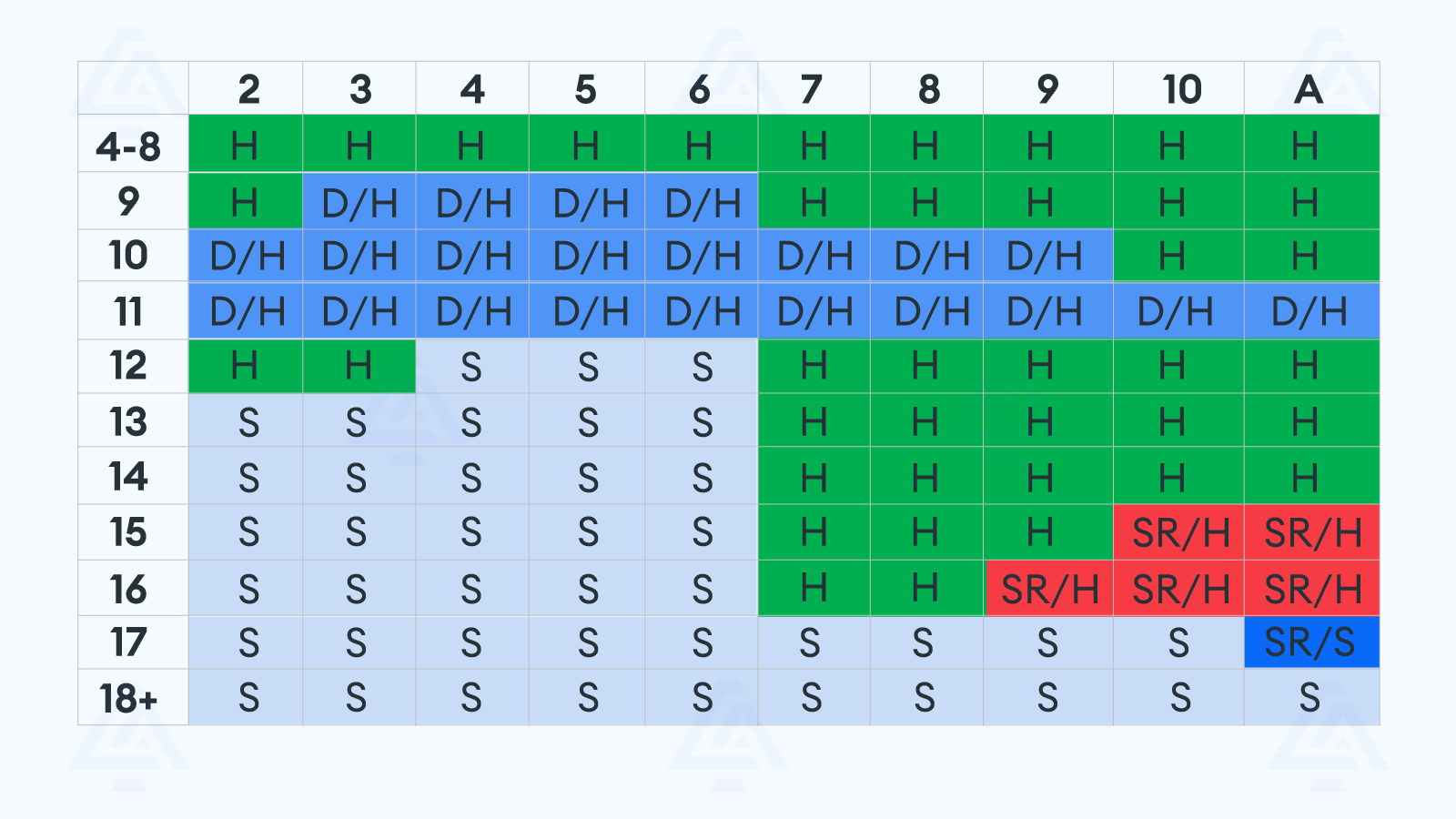
When to Surrender in Blackjack Games with Hit on Soft 17 Rules
- You should do so for your 15 hand against dealer 10 and ace upcards.
- The rule for 16-value hands stays the same.
- Additionally, you should fold a 17-hand against a dealer ace.
- For 15 and 16 hands, you turn surrendering into a hit when it is not allowed.
- For 17 hands, you exchange it for standing.
-
Pair Split Chart: Dealer Hits on Soft 17
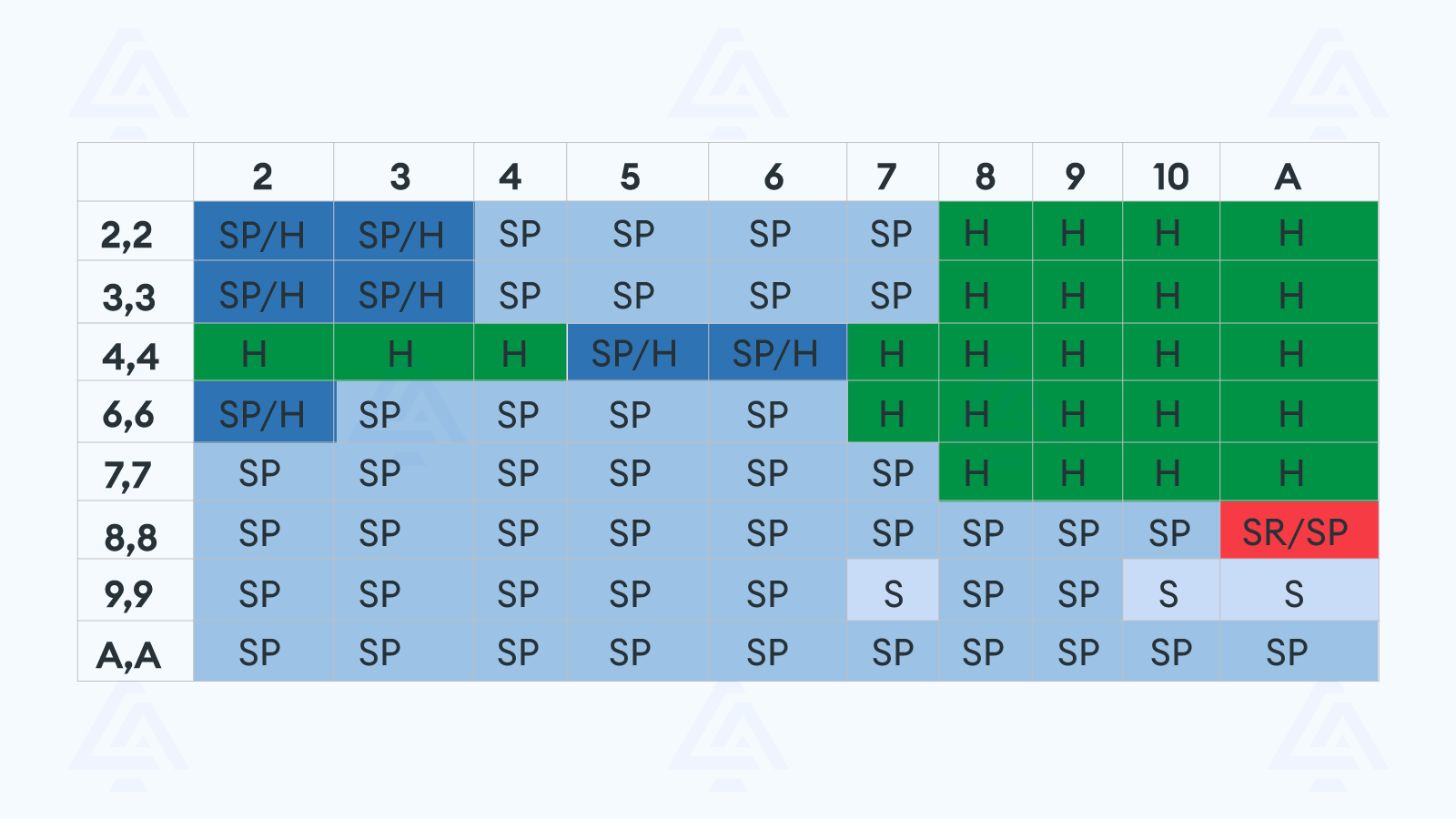
When to Surrender in Blackjack for Splits
- For splitting scenarios, the surrendering option is viable only in the hit-on soft 17 games.
- You should fold, if possible, when you have a suitable 16 hand (i.e., two 8s) against an ace.
- If surrendering is not allowed, opt for a split.
Total-Dependent Versus Composition-Dependent Analyses
The total-dependent analysis represents an approach to players’ hands that considers only the sum of your cards. In contrast, the composition-dependent analysis accounts for the singular values of your dealt cards. Charts function with a total-dependent logic, apart from the splits table. The composition-dependent calculations hinge on the cards in play and, naturally, can neither come up nor be the dealer’s hole card. Thus, you may find slight rule deviations from the basic strategy charts. You understood that for a single deck game, you should give up on all hands amounting to 15. However, the composition-dependent analysis would tell that you should keep playing when your cards are an 8 and a 7. This is not the case, for instance, for a 9 and a 6. Even though composition dependency is a more precise decision-making method in table games, its computations become increasingly difficult and less influential towards your odds as the number of decks of cards increases.
Summary Chart: When to Surrender in Blackjack

Optimal Strategies for Knowing When to Quit in Blackjack
How Blackjack Surrender Works: A Comprehensive Guide
There are two protocols for indicating that you wish to fold and get back half of your bet. We will also share with our British readers the procedure for the game decision on a practical level.
-
Hand Gesture for Blackjack Surrender
We will portray how the decision will look like during a normal game round. 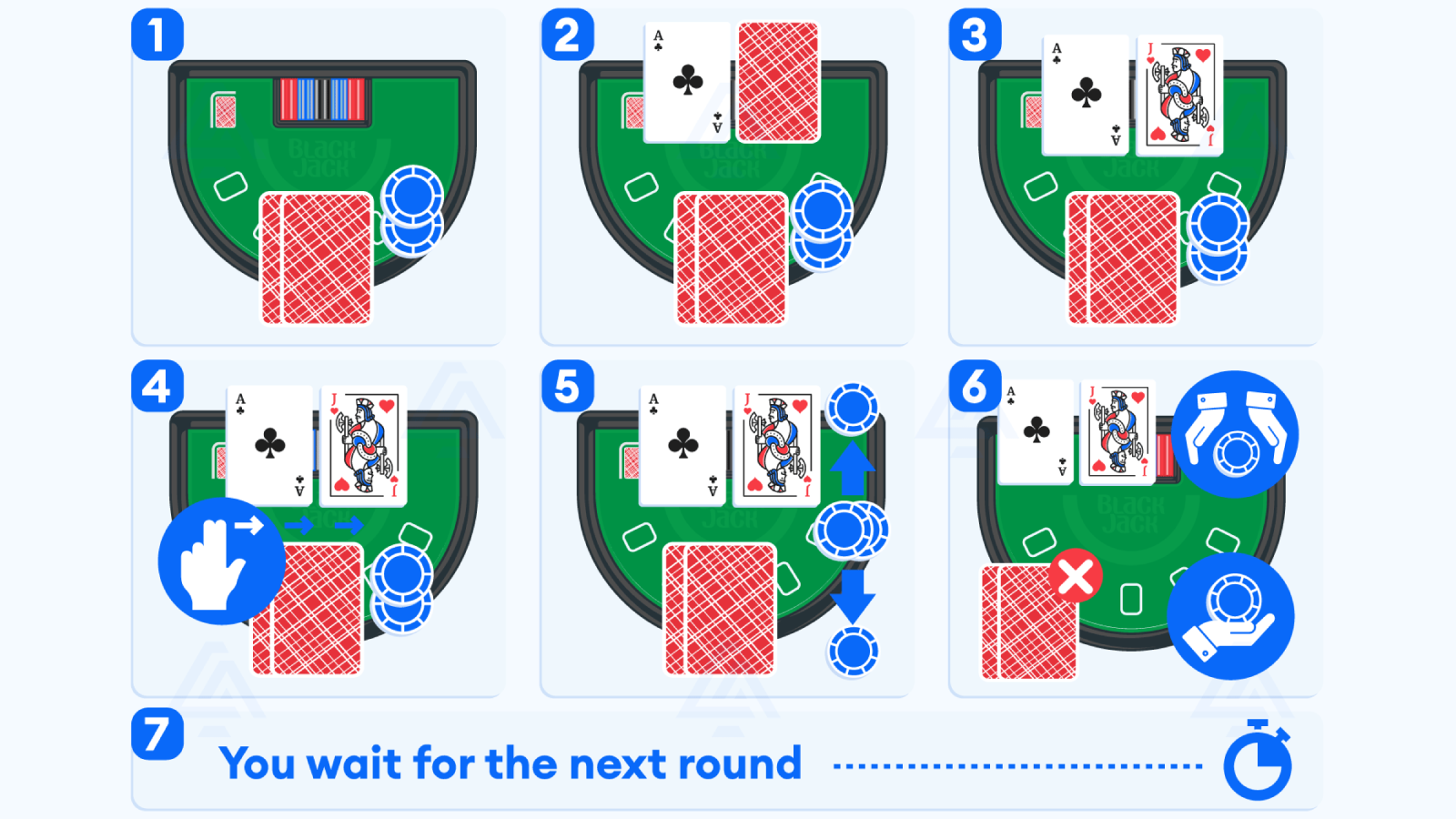
- You place your bet, and the table dealer gives you your initial cards.
- You check the upcard. This one will be the visible card in front of the dealer’s position.
- Depending on the rule variation, you may have to wait for the dealer to peek for 21.
- You swipe your hand across the table.
- The dealer then takes half of your bet (or, in whole, for the late rule variation.)
- You take half back, and your cards are discarded.
- You wait for the next round.
-
Requesting It Verbally
Some casinos will require a verbal signal for surrendering. In contrast, the best UK online casinos will have a comprehensive interface with an interface implementation for available game decisions. Given that it is optional, surrendering does not have a widely known signal, and standard rules may differ depending on the gambling service you are utilising. For remote iGaming services, especially, the functionalities may vary. Our British readers should consult the game descriptions before playing. Further, in the context of British live casinos, the dealers will be eager to address and clarify how participants communicate their intentions. However, quality both at the interface and communication levels will differ, and we advise that you only access top-tier services of this kind.
Enhancing Your Gameplay with Surrender in Blackjack
- Surrendering is an optional rule for the classic game that you may find both in land-based casino enterprises and online casino sites providing a broader and better array of table games.
- It comes in three forms: late, early against a dealer’s 10, and full Blackjack early surrender.
- The more permissive the rule is in your table game, the better your overall odds.
- The rule option plays a part in the basic playing strategy for hard hands and splits for games in which the game dealer hits when he has a soft 17 hand.
- A more exact manner of analysing the viability of surrendering is via the composition-dependent approach.
- British readers now know when to surrender in Blackjack and how to signal it to the dealer properly.




